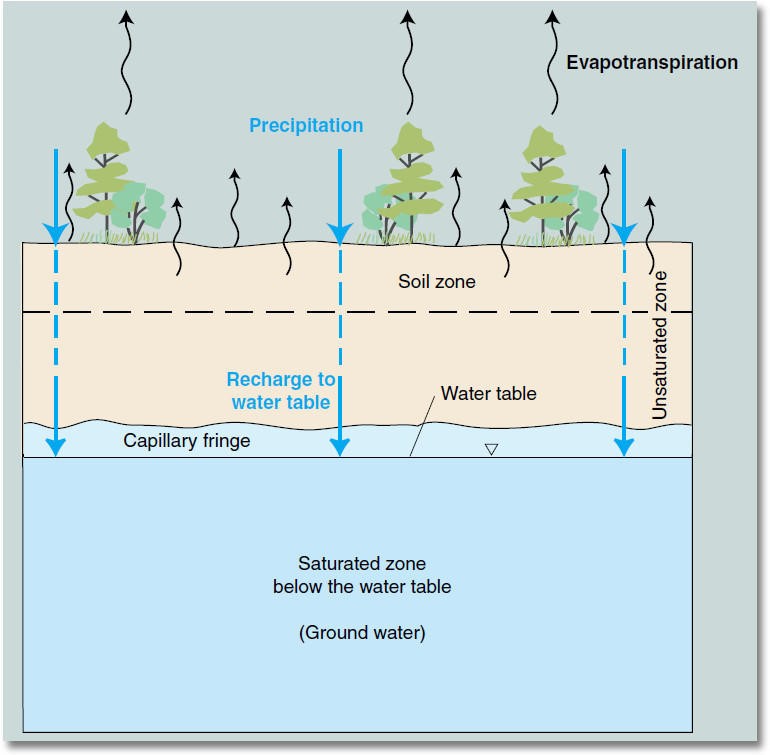
Photos of Clark’s Marsh by Anthony Spaniola
By Dave Dempsey

Dave Dempsey, Senior Advisor
It’s not often that two high-ranking officials in Michigan’s state government lash out at a company in strong language. But that’s what happened May 7 when Michigan Attorney General Dana Nessel and Liesl Clark, the director of the Department of Environment, Great Lakes, and Energy (EGLE) slammed 3M.
The trigger for their statement was a lawsuit filed April 21 by 3M in the Michigan Court of Claims to block state drinking water rules adopted in August 2020. The standards, which protect public health by setting maximum allowable levels of seven toxic PFAS compounds in public drinking water supplies, were promised by Governor Gretchen Whitmer in her 2018 campaign. They are among the strongest standards in the nation for these “forever chemicals,” which remain in the environment indefinitely. 3M has manufactured PFAS chemicals since the 1950s.
 PFAS are a group of chemicals used to make coatings and products that resist heat, oil, stains, grease, and water. These coatings can be used in such products as clothing, furniture, adhesives, food packaging, heat-resistant non-stick cooking surfaces, firefighting foam, and the insulation of electrical wire. According to the Centers for Disease Control (CDC), PFAS have been linked to human health effects, including an increased risk of kidney and testicular cancer, decreased vaccine response in children, an increased risk of high blood pressure and pre-eclampsia in pregnant women, and decreased birthweight. PFAS have been found in at least 166 locations in Michigan. The CDC conducted a study between 2000-2014 that found 98% of Americans have some amount of PFAS in their blood, according to the State of Michigan.
PFAS are a group of chemicals used to make coatings and products that resist heat, oil, stains, grease, and water. These coatings can be used in such products as clothing, furniture, adhesives, food packaging, heat-resistant non-stick cooking surfaces, firefighting foam, and the insulation of electrical wire. According to the Centers for Disease Control (CDC), PFAS have been linked to human health effects, including an increased risk of kidney and testicular cancer, decreased vaccine response in children, an increased risk of high blood pressure and pre-eclampsia in pregnant women, and decreased birthweight. PFAS have been found in at least 166 locations in Michigan. The CDC conducted a study between 2000-2014 that found 98% of Americans have some amount of PFAS in their blood, according to the State of Michigan.
“3M knows it is responsible to address contamination in Michigan and it has been unwilling to do so,” said Attorney General Nessel. “Now, it wants to change the rules so that it can continue to shirk its responsibility to Michigan residents and to the health of the water resources that define our state.”
Nessel added, “We will not tolerate these poisons in our environment and our drinking water, and we will not tolerate a corporation like 3M putting its dollars ahead of our health and our water.”
3M’s lawsuit argues that the rules adopted by Michigan are scientifically flawed and were approved via a process that the company terms hasty and designed to suit the Governor’s timeline. But the Michigan PFAS rules went through a rigorous process, including the establishment of an expert science panel to review studies and recommend appropriate standards. The draft rules were then subject to a public comment process and public review by two state committees.
Michigan’s decision to set state PFAS drinking water standards was due in part to the failure of the Trump Administration to pursue national standards. On Trump’s last full day in office January 19, his EPA finally announced a plan to set standards for the two most well-studied PFAS compounds, PFOS and PFOA, five months after Michigan’s PFAS rules took effect. Federal rule-making can take several years.
Last month, the state’s Michigan PFAS Action Response Team (MPART) announced that Michigan’s approximately 2,700 municipal and other large public drinking water supplies are meeting the state’s new PFAS standards.
Attorney General Nessel in January 2020 sued 3M and 16 other companies for damaging Michigan’s environment by deliberately concealing the dangers of PFAS and withholding scientific evidence, and “intentionally, knowingly and recklessly” putting at risk Michigan’s natural resources and public health. In August 2020, she sued 3M and other manufacturers of firefighting foam containing PFAS. The litigation is still pending.
In 2018, the state of Minnesota settled a lawsuit against 3M Company for $850 million. The state sued 3M in 2010, alleging that the company’s production of PFAS had damaged drinking water and natural resources in the Twin Cities metro area. About $720 million of the settlement is being invested in drinking water and natural resource projects in the Twin Cities east metropolitan region.














